
Mini-beast renaturing: A time for local action
Dr Michael Magrath, Dr Steve Sinclair, Hiromi Yagui, Professor Ary Hoffmann and Professor Michael Kearney
Insects in our environment are unsung heroes. These ‘mini-beasts’ are often inconspicuous, but they may have a huge impact on the health of ecosystems that sustain humanity.
They pollinate plants, turn over the soil, provide food for frogs, lizards, mammals and birds, and display a fantastic variety of forms and colours that captivate our attention.
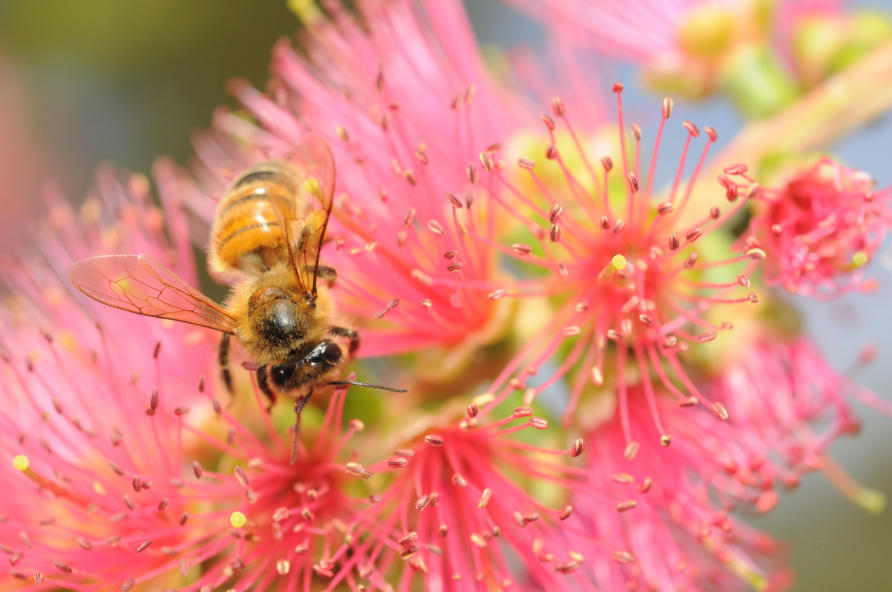
Unfortunately, many reports show that their numbers are dwindling – the so-called “insect Armageddon” phenomenon.
Decreases were first noted among flying insects in Europe, but this pattern has extended to other parts of the world and to other insect groups. As a consequence, we stand to lose a large part of our biodiversity, and all the benefits that these mini-beasts provide.
And we are seeing flow on effects to other larger animals that rely on insects for their survival, like insectivorous birds.
One approach to combating species decline that has gained popularity in recent years is the phenomenon of “renaturing” – also known as “rewilding”. This is normally applied to large animals – particularly the large predators that once roamed across our environment, like the dingo here in Australia and the wolf in Europe.
These large animals require large areas, and renaturing can be challenging when the sites are also used for human settlement and agricultural production.
In contrast, mini-beast renaturing may be effective across much smaller areas. Even a few square metres can support a surprisingly rich diversity of insects. So, a network of restored habitat patches can support an even greater diversity of flying insects.
For renaturing some insects, it may be sufficient to simply restore a small patch of land and then leave it so any flying insect in the vicinity – like bees, butterflies, moths and crickets– are likely to find their way to that patch.
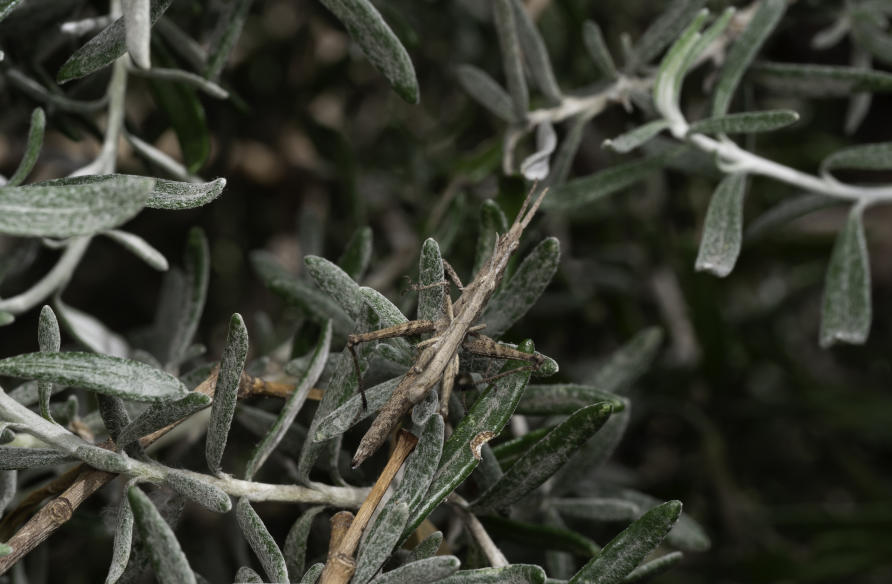
But for other mini-beasts, including wingless insects like some grasshoppers and many soil-dwelling insects, a more active intervention is needed, such as reintroduction using animals sourced from wild or captive-bred populations.
A case in point is the matchstick grasshoppers.
This group of wingless grasshoppers includes around 250 species. They are widespread across Australia and a unique part of the environment.
They have radiated into many iconic Australian habitats as diverse as spinifex grassland, heathland, mulga and open eucalyptus woodland. They feed on various plants but don’t become pests and don’t survive well on modified landscapes dominated by exotic species.
The grasshoppers include endangered species as well as others that are still common, and some species that have only recently been discovered.
Many matchstick grasshoppers can be reared in captivity if suitable conditions are available, and this group could be an excellent target for local mini-beast renaturing.
For instance, our team has reared the endangered Key’s matchstick grasshoppers across several generations in small outside enclosures measuring around one square metre where food plants and open areas for basking are provided.
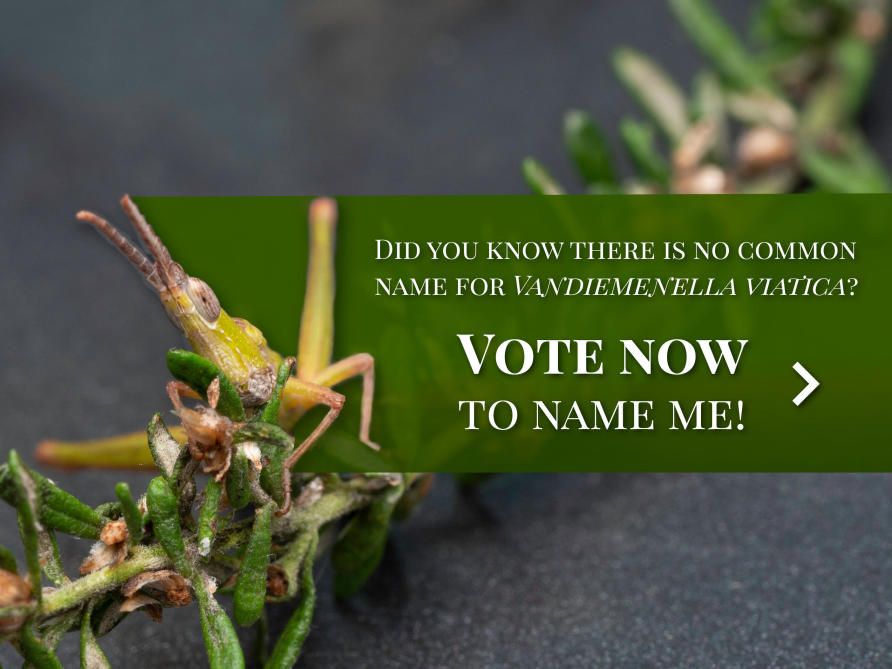
But mini-beast renaturing could be happening in our urban backyards.
For instance, in Melbourne a matchstick grasshopper known as Vandiemenella viatica was once widespread but now only persists in a few small reserves and private properties. But this mini-beast can be easily reared in environments where there are native daisies and other native vegetation.
The grasshopper can be easily monitored – it can be caught by hand and then released without any difficulty. And it can live at very high density – around two every square metre.
Vandiemenella has an unusual life cycle with important ecological ramifications – they are present as adults in early spring at a time when there isn’t a lot of insect food around for birds and lizards.
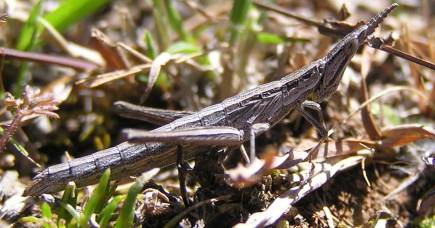
Grasshoppers: The new poster bug for insect conservation
The idea of renaturing in small patches isn’t new – we have been doing it with plants for decades across our urban centres. Many community groups and schools collect seeds, grow plants in plastic tubes, and plant them out to restore bushland.
All of us who have been enjoying our parklands and creek lines during lockdown are reaping the benefits of these restoration efforts when we walk or jog through tiny patches of urban bushland that have been carefully restored and tended.
Now is the time to take the next step, add mini-beasts to our palette and add a new layer of ecological complexity to our local habitats.
We have started a renaturing program for Vandiemenella viatica, collecting over 2000 individuals from a private property due to be destroyed for housing and moved them to around 30 revegetated patches around Melbourne.
The collecting took only a few days, and we know enough about its ecology to identify potentially suitable habitats. We won’t know for a year or two if these translocations are successful.
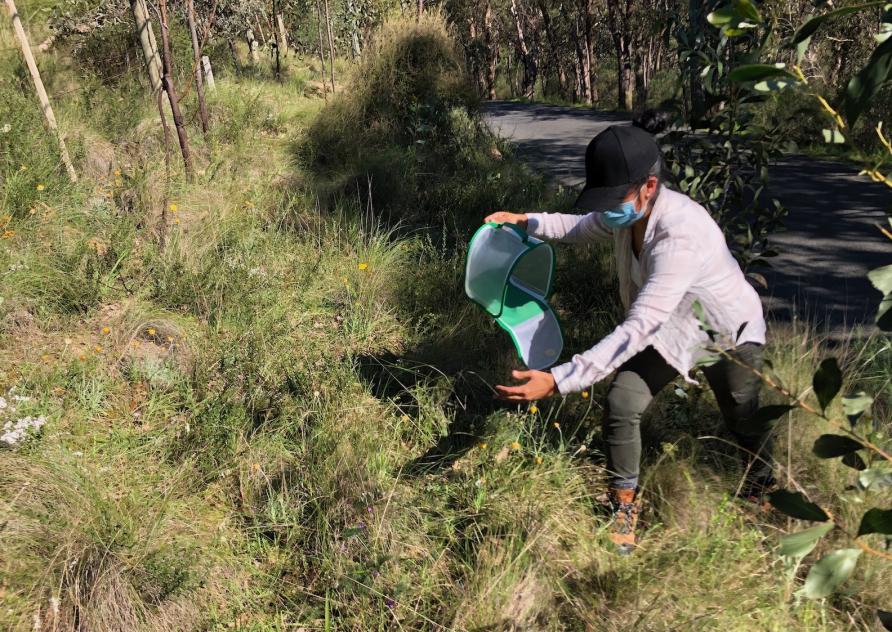
But there is great potential because we know these animals can persist for a long time in small fragments – for instance, Key’s matchsticks are likely to have survived for decades in some small cemeteries that are cut off from similar habitats nearby.
If our renaturing efforts are successful, we may not only help secure this species’ future but, at the same time, improve these habitats for birds, lizards and other insect-eating animals.
Mini-beast rewilding is a cheap and low technology conservation approach. It has great potential for participation by schools or any other communities keen to make a difference and learn about some of our tiny neighbours.
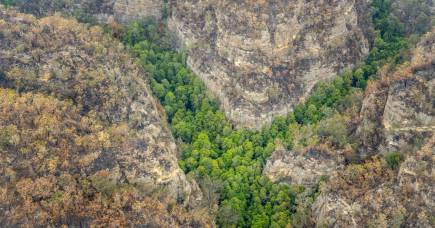
How do we protect our unique biodiversity from megafires?
The animals are an excellent educational tool to help the general public appreciate the world of insects and their importance as well as the roles they perform in our natural ecosystems.
Renaturing should be done with care and good science. It requires that we not only learn to move small animals around suitable patches and re-establish their populations, but also get to know the right plant mix to support these mini-beasts.
We also need to ensure we’re not negatively affecting source populations (and any threatened invertebrate translocations require permits for translocation), and that there aren’t negative impacts caused by the translocation.
It’s time to engage in mini-beast renaturing on a large scale and develop the science to do it effectively and efficiently. Done the right way, there is so much potential for many conservation wins with mini-beasts.
Banner: Hiromi Yagui